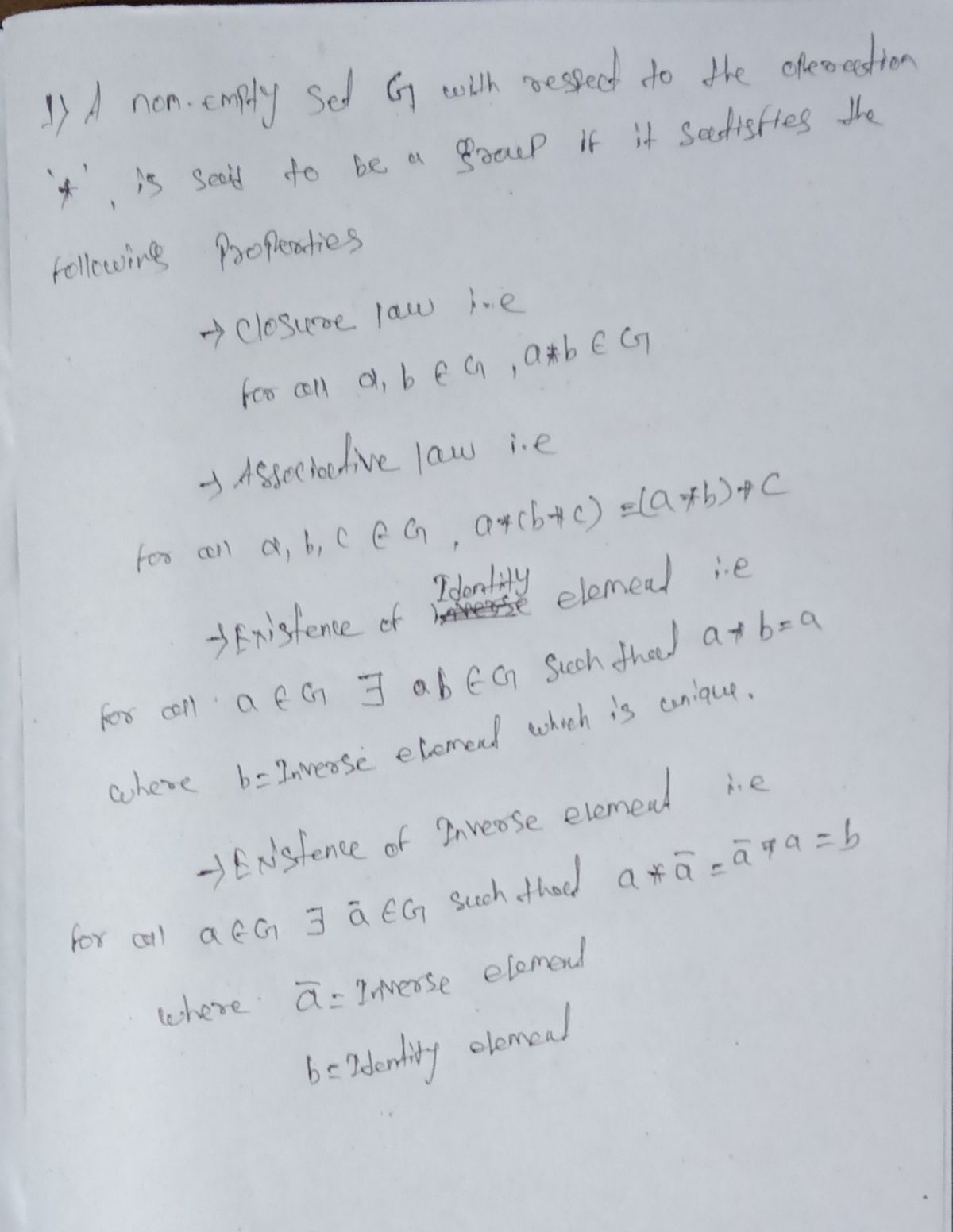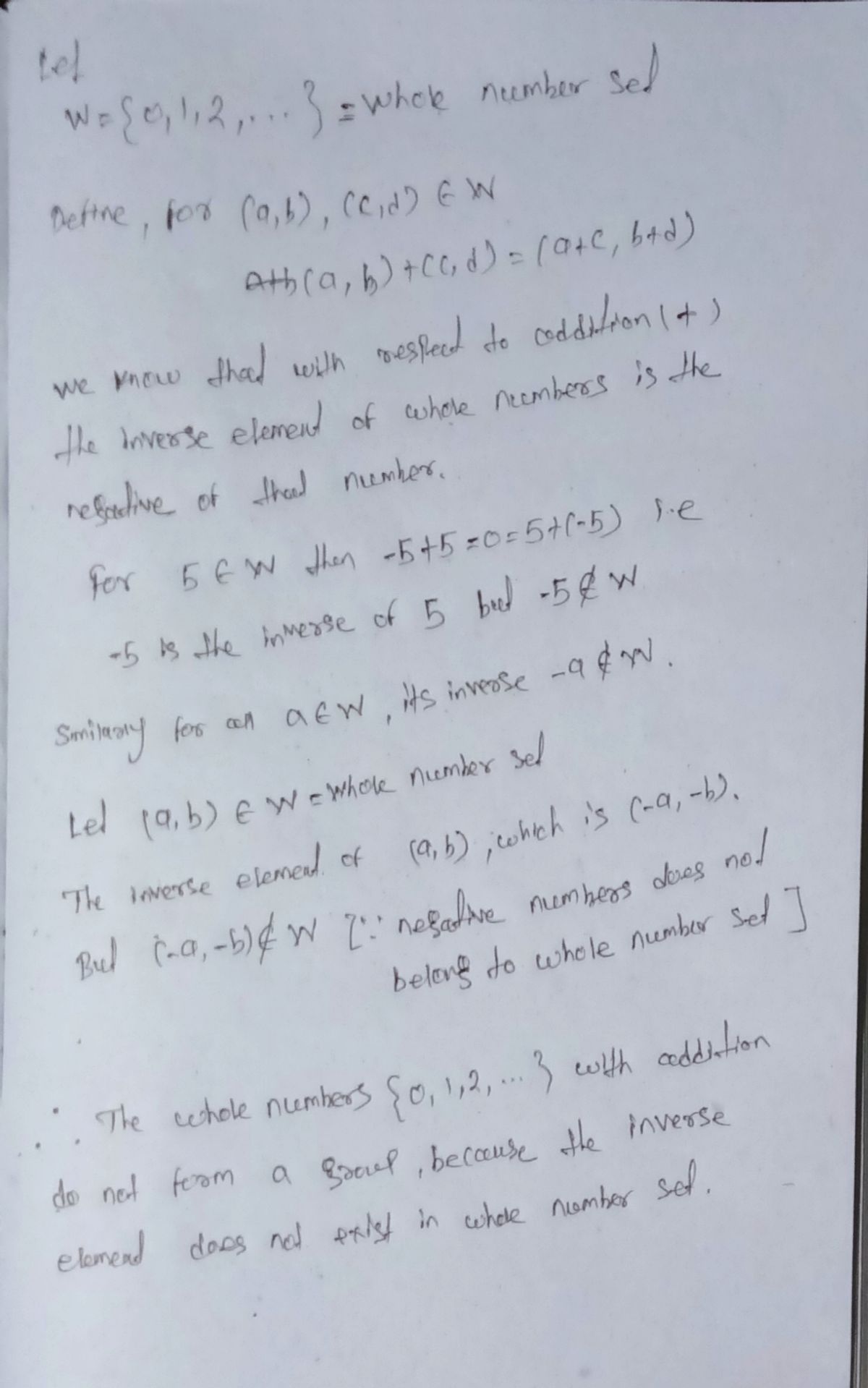1. The whole numbers {0, 1, 2, ...} with addition do not form a group. Why? Think of the set of all ordered pairs of whole numbers, such as (2, 5). The operation + on ordered pairs is defined as follows: (a,b) + (c,d) = (a+c, b+d)
Permutations and Combinations
If there are 5 dishes, they can be relished in any order at a time. In permutation, it should be in a particular order. In combination, the order does not matter. Take 3 letters a, b, and c. The possible ways of pairing any two letters are ab, bc, ac, ba, cb and ca. It is in a particular order. So, this can be called the permutation of a, b, and c. But if the order does not matter then ab is the same as ba. Similarly, bc is the same as cb and ac is the same as ca. Here the list has ab, bc, and ac alone. This can be called the combination of a, b, and c.
Counting Theory
The fundamental counting principle is a rule that is used to count the total number of possible outcomes in a given situation.
Please answer questions 1-10.
- Specifically, address questions #8 and #10.
- Explain how this exercise can be used to “create integers entirely from the whole numbers.”




Step by step
Solved in 3 steps with 2 images









